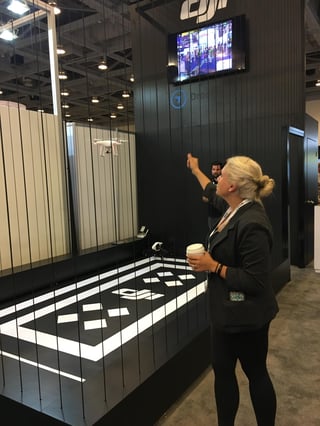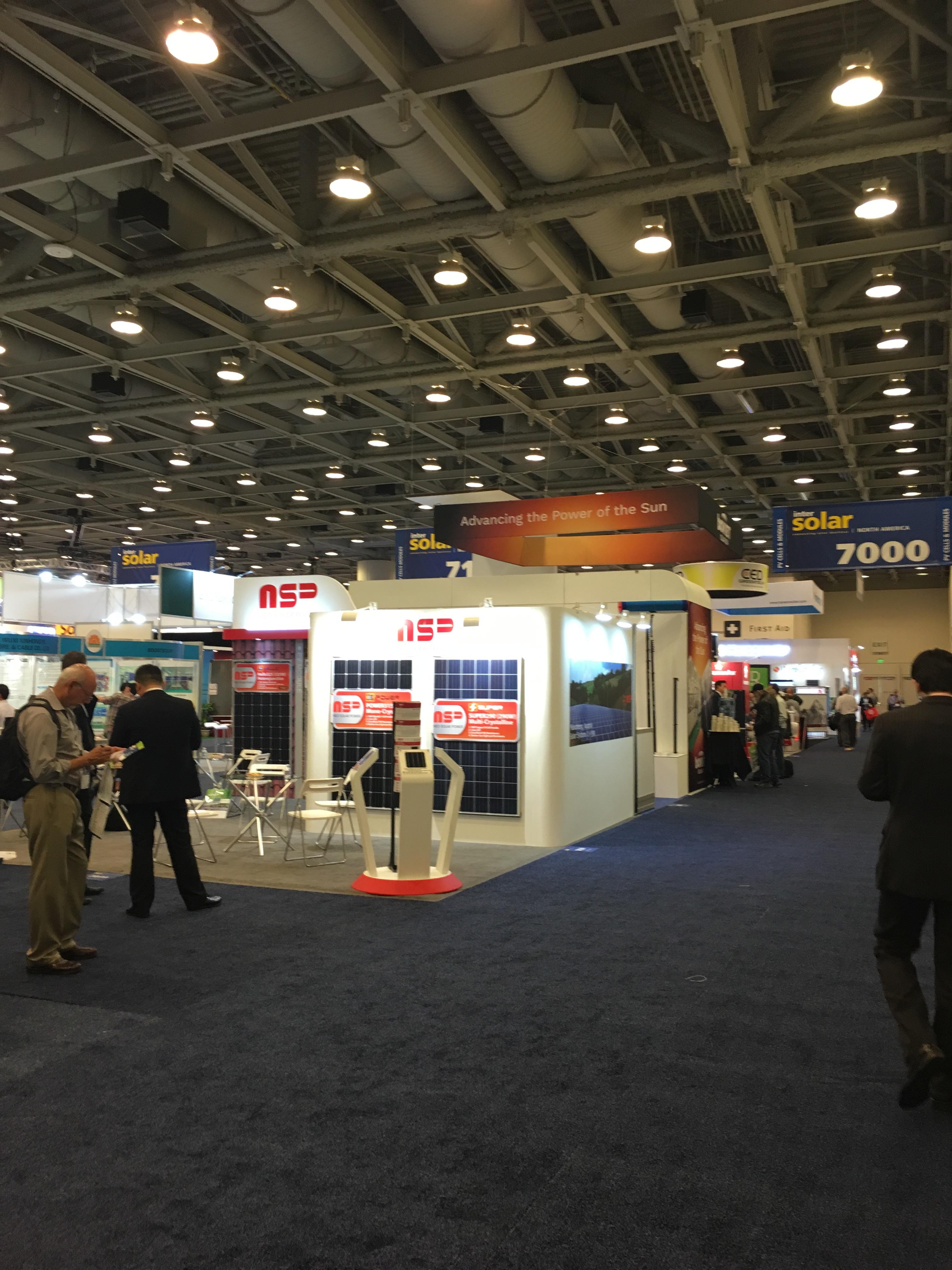We admit it. Most industry conferences can be a little underwhelming. You might have been promised a first look at disruptive technologies that will change the world, but more often than not, they just don't live up to the hype. Sometimes you're just looking forward to the free swag you'll get from the exhibition floor and maybe the occasional cup of free coffee.
Luckily for our team attending this year's InterSolar North America, this was definitely not the case.
InterSolar North America 2016 was truly one for the books whether you're looking at panel efficiency or new consumer products that will make our lives easier. Shout out to BirkSun.
Next gen solar panelsOur client Boviet Solar USA rolled out their commercial-grade PERC panels. It's a game changer because PERC technology improves conversion efficiency by adding a dielectric passivation layer at the rear of a solar cell, helping to maximize the electrical gradient across p-n junctions for a steadier flow of electrons. The industry has been expecting to see this technology on a massive scale, but commercial-level production has been a challenge. Thanks to Boviet Solar USA's advanced manufacturing capabilities, PERC is coming to the mainstream. Ultimately this will make solar panels more affordable and dependable.
Floating solar panels
Since about 70% of the World's surface is water, this makes total sense. Imagine utility-scale photovolatic systems harvesting energy off the coast or in our rivers and lakes. Without the need to buy or lease land, this could help bring down the cost of solar. Coined as "flotovoltaics," these panels could become a reality in the near future.
Drones
Drone technology has been used in a number of capacities including agricultural development, emergency response, and even for media/news outlets, but we saw a completely different way that solar developers could benefit from using drones. DJI and DroneDeploy partnered up to help customers more accurately tackle thermal mapping for inspection overflows.

All things considered, we left feeling inspired and optimistic about the future of solar. As the technology improves and the cost drops, we'll soon be living in a cleaner, more sustainable World. This is encouraging news for everyone.
Did you attend this year's InterSolar North America? Were there any trends that stood out to you? We'd love to hear your thoughts.





